5 Benefits of Tankless Water Heaters
Your hot water heater is a vital part of your home and your comfort. Homes generally aren't considered legally habitable unless they have running hot water. But if you have a tank-style water heater, you might want to call a water heater replacement company. Tankless water heaters could be closer to what you need, especially if you want to save water and energy.
1. Less Standby Energy Used
A tank-style water heater has to keep the water in the tank hot. That means the water heater is continually drawing power or gas to ensure you have hot water when you want it. If the tank wasn't constantly powered or fueled, the water would cool and you wouldn't have hot water.
But that takes a lot of energy. It's a constant draw, and you don't want to turn the water heater off. Warm and lukewarm water can lead to bacterial growth, making it so the tank-style water heater has to be on all the time.
A tankless water heater is on standby, but not in the same way. There is no tank of water to keep warm. Therefore, the energy draw is reduced only to what's needed to keep the heater on enough to start working when you turn on your faucets.
2. Less Space Needed
Tankless water heater systems are small. Instead of a huge tank sitting in the corner, you have a little square on the wall that sits out of the way. That gives you more floor space and more room to move around. Because the huge tank is gone and nothing is on the floor, there's no risk of bumping into the tank. If you are in a smaller home and need space, a tankless system will be the most convenient water heater for you. A
water heater replacement company can show you models so you can see just how much more space you'd save.
3. More Water Saved
Tankless water heater systems use much less water. The supply, 2 to 5 gallons or 7.6 to 15.2 liters per minute, is very efficient, according to the United States Department of Energy, and more in line with flow-restricting aerators on faucets. Rather than constantly holding and refilling a huge tank of water, the tankless system does not draw water from the home's lines unless needed when you turn on something that requires hot water. The water in the line leading to the tankless water heater does have water in it that you've already drawn from the city water supply. No other water is drawn in once that line is full. Only the water needed for the time you run hot water is drawn in so there's no tank to automatically refill.
4. Easier Separation of Systems
It can be beneficial to put major water-using appliances on their own water-heating system. That's often not that easy if you have a tank-style water heater; while you can certainly put your washing machine on its own hot water line, installing a second tank isn't always possible due to space issues. But installing a separate tankless system is much more doable. You can install more than one tankless system in your home if you have a lot of hot-water-using appliances or if you have a lot of people who all try to use hot water at the same time.
As previously mentioned, tankless systems are small and easy to attach to walls. That makes them wonderful additions for water-using appliances that need to be separated from the rest of the home's hot water supply.
5. Lower Risk of Major Water Disaster
Ever had a water heater tank rust through and leak? It's not pretty. Imagine not only the water line leaking but an entire tank of water suddenly running out across your floor. Tankless water heaters can have their own issues after many years, but there is no stored tank of water to leak so the risk is not the same. Depending on where a leak might occur, you might end up with very little water leaking out from a tankless model. That allows you to call a repair person before too much damage is done.
Tank-style water heaters have their benefits, but tankless water heaters have some great qualities that make them popular choices for many homes. If you've had issues with tank-style water heaters before, or if you simply want to conserve water and energy, call Plumbing Today LLC now to discuss switching styles.
serving Area
Serving The Greater Omaha Area & Council Bluffs

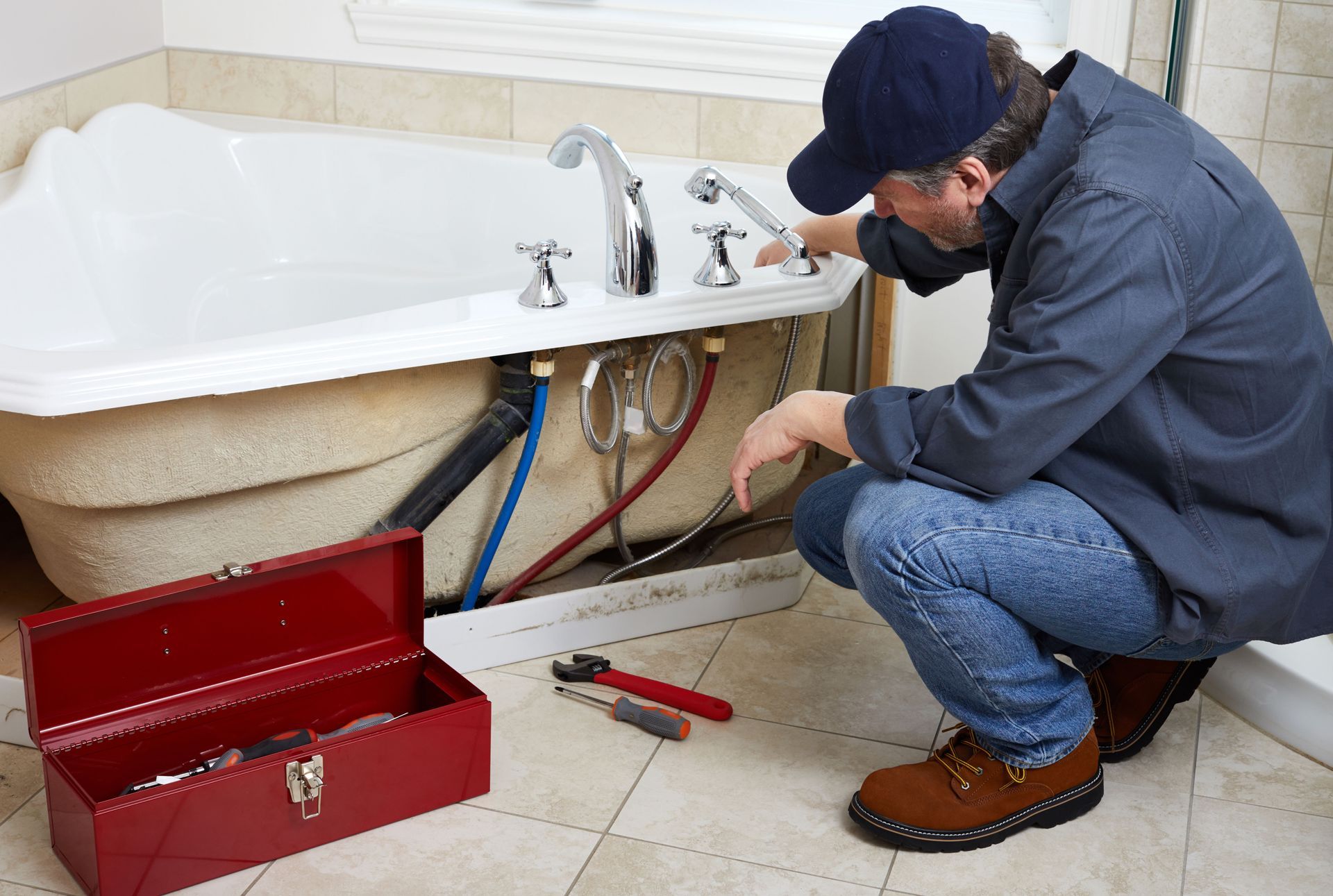

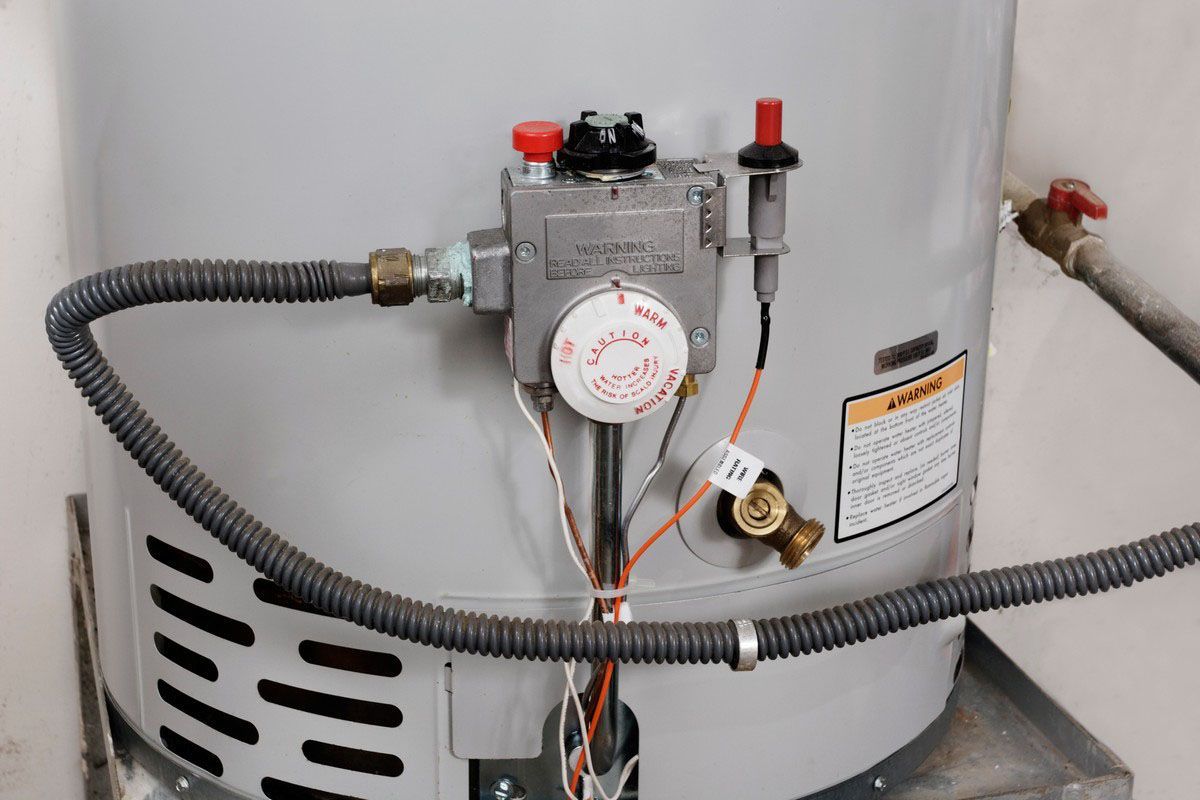
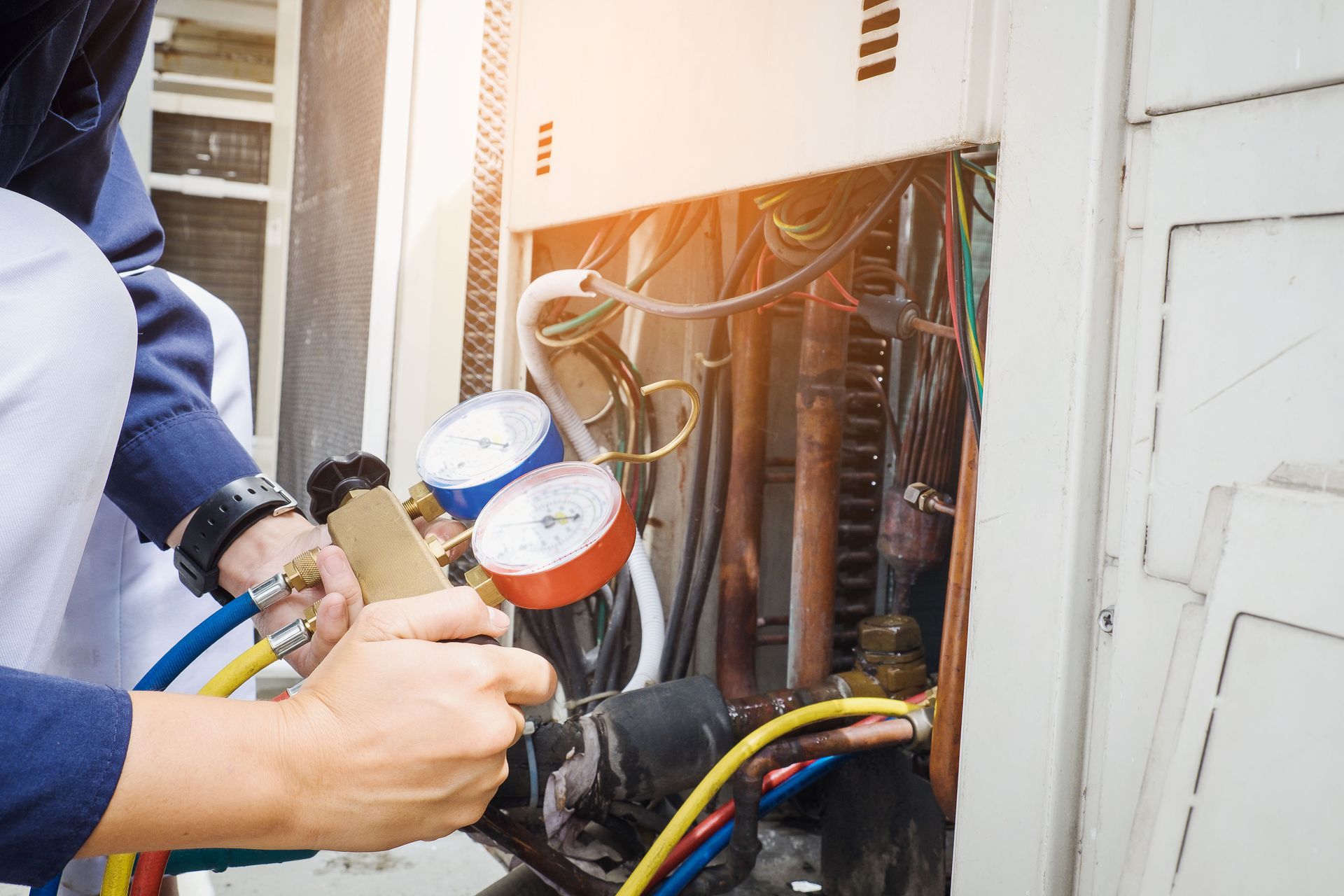
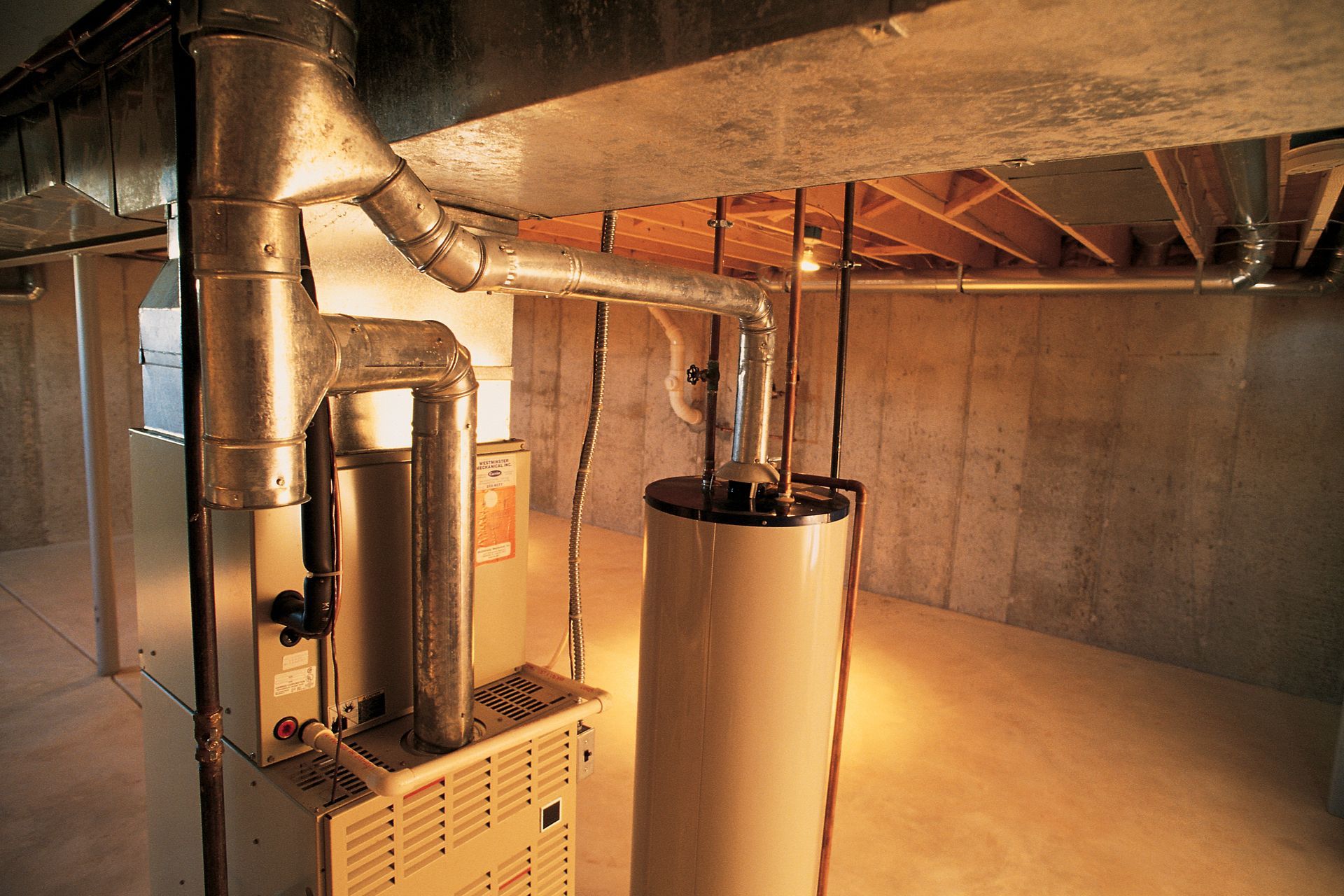
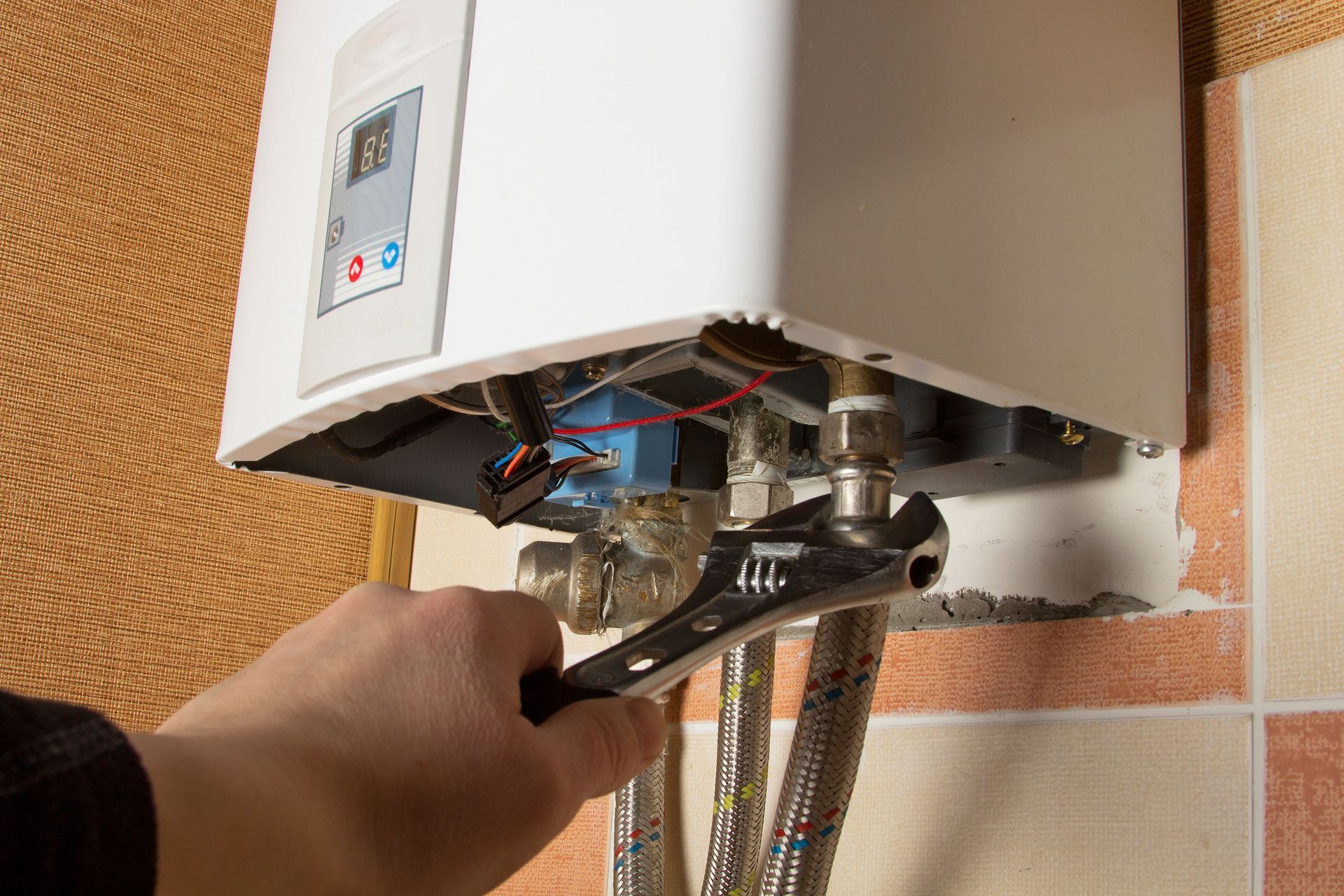
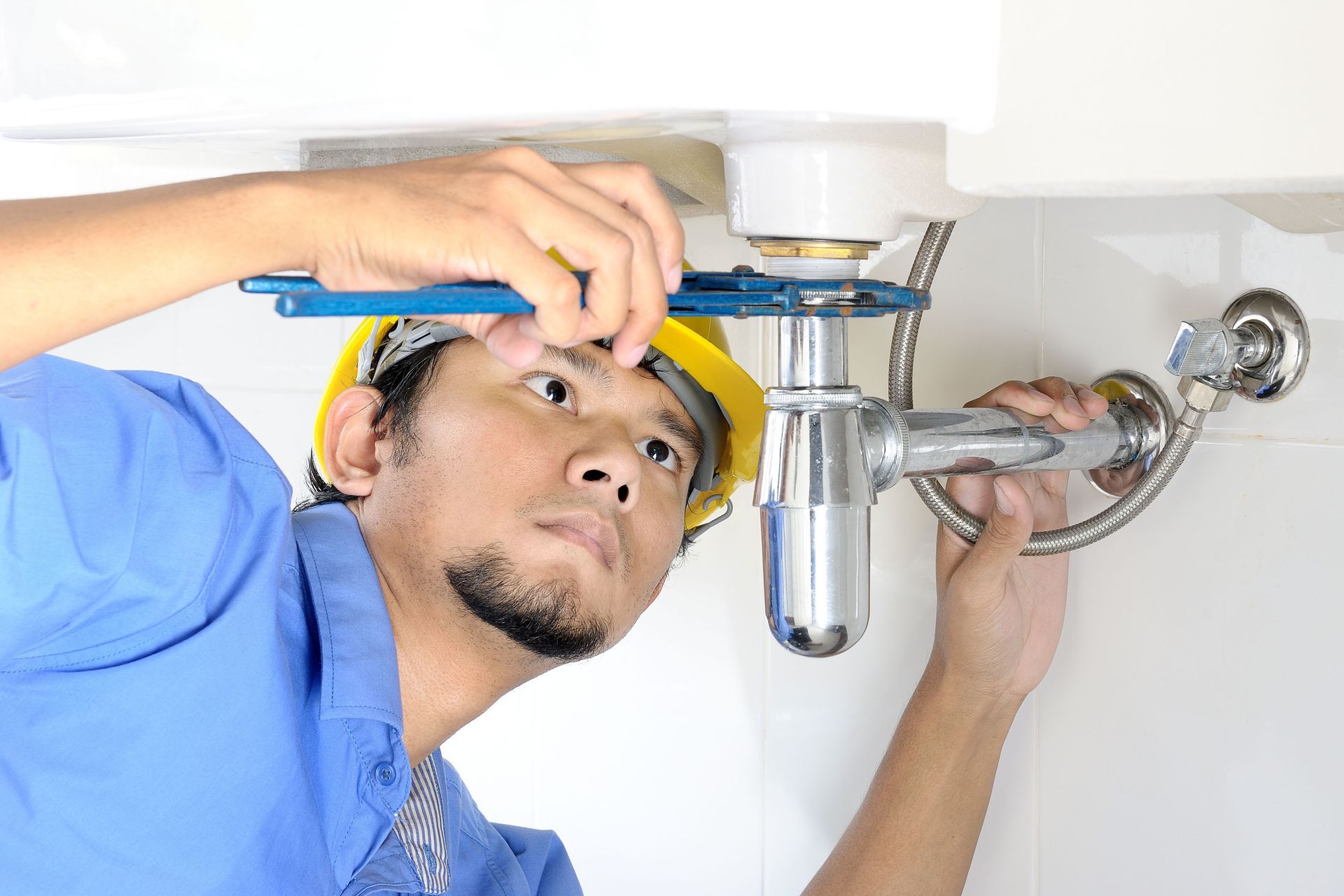
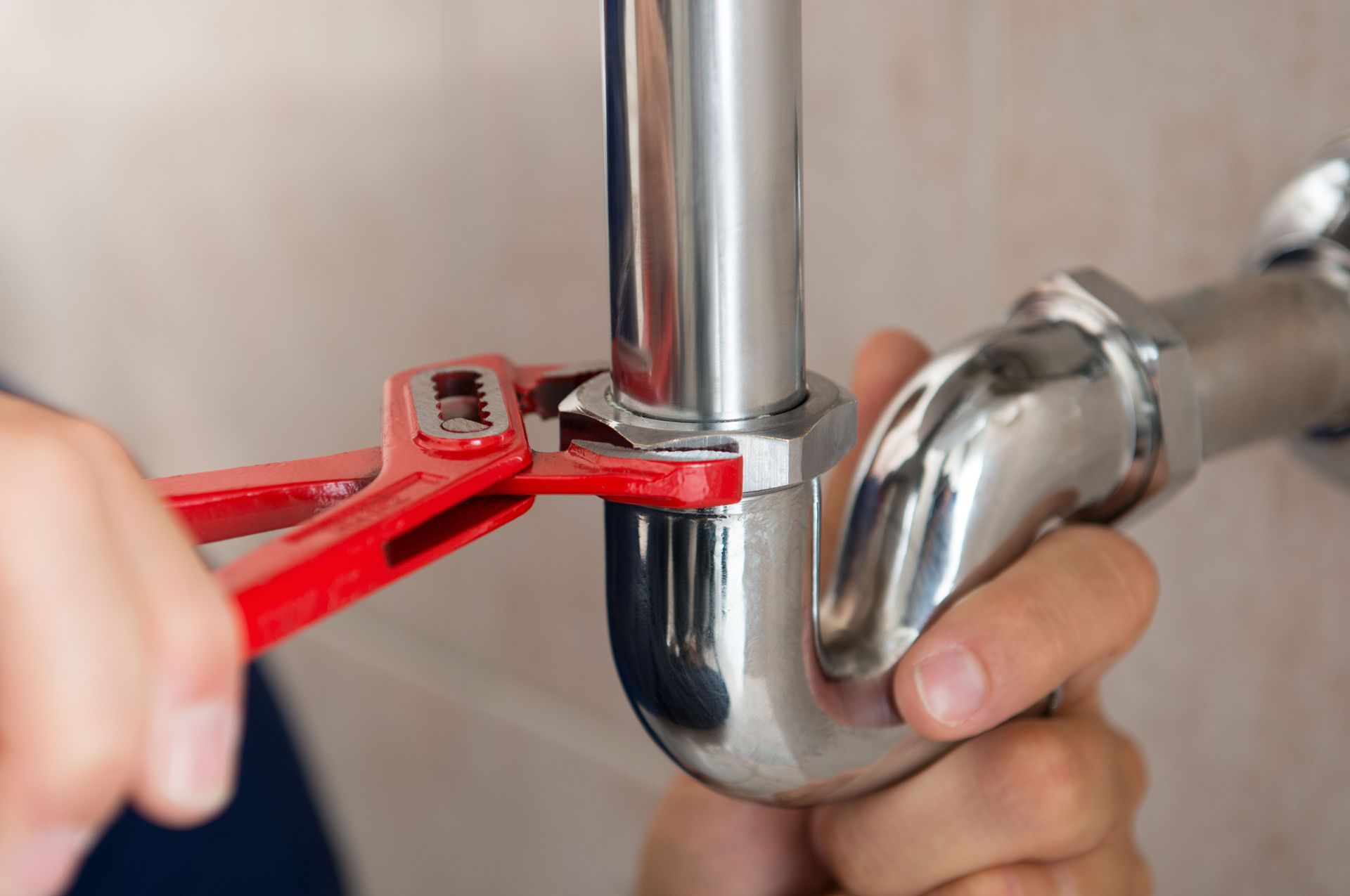
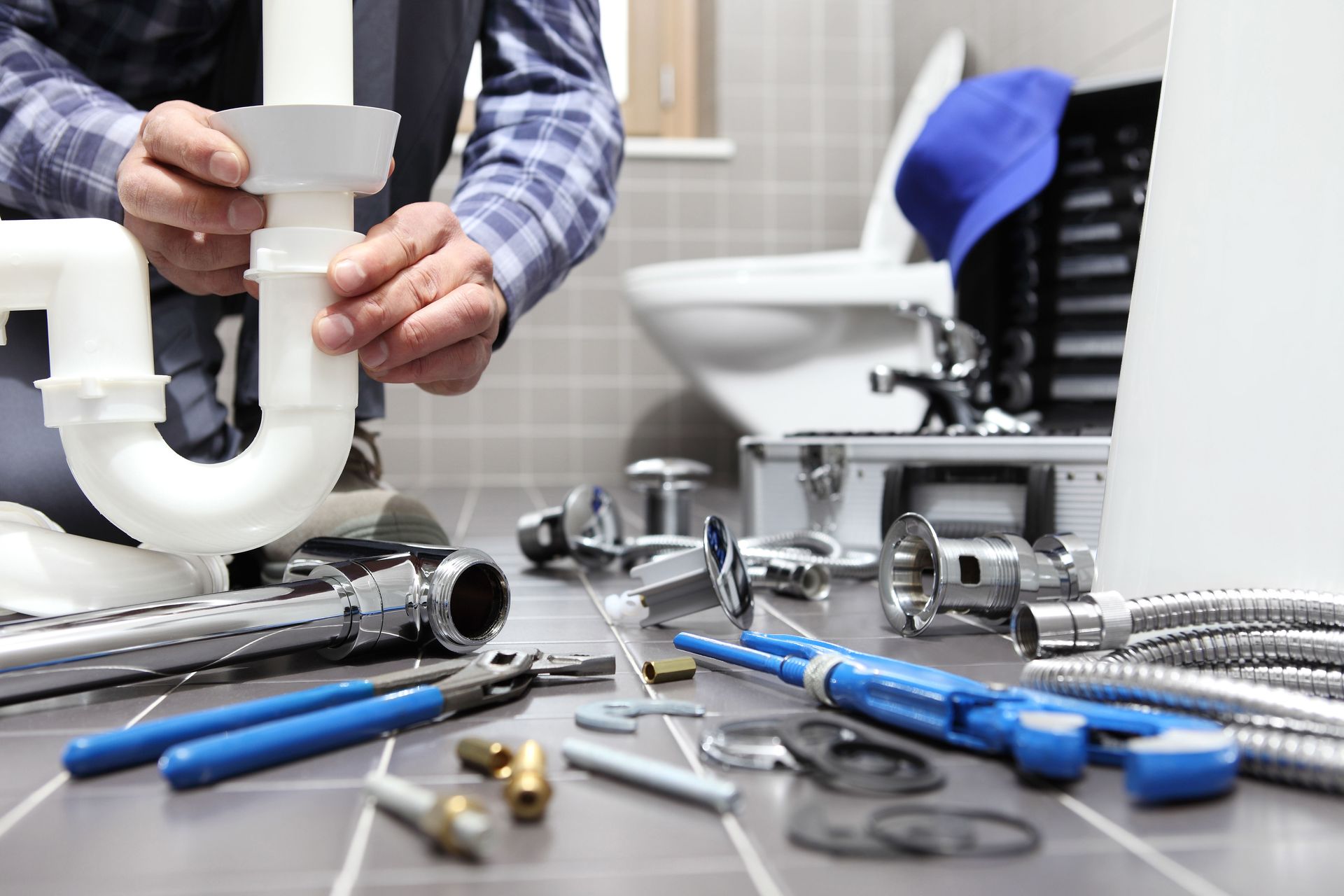

Share On: